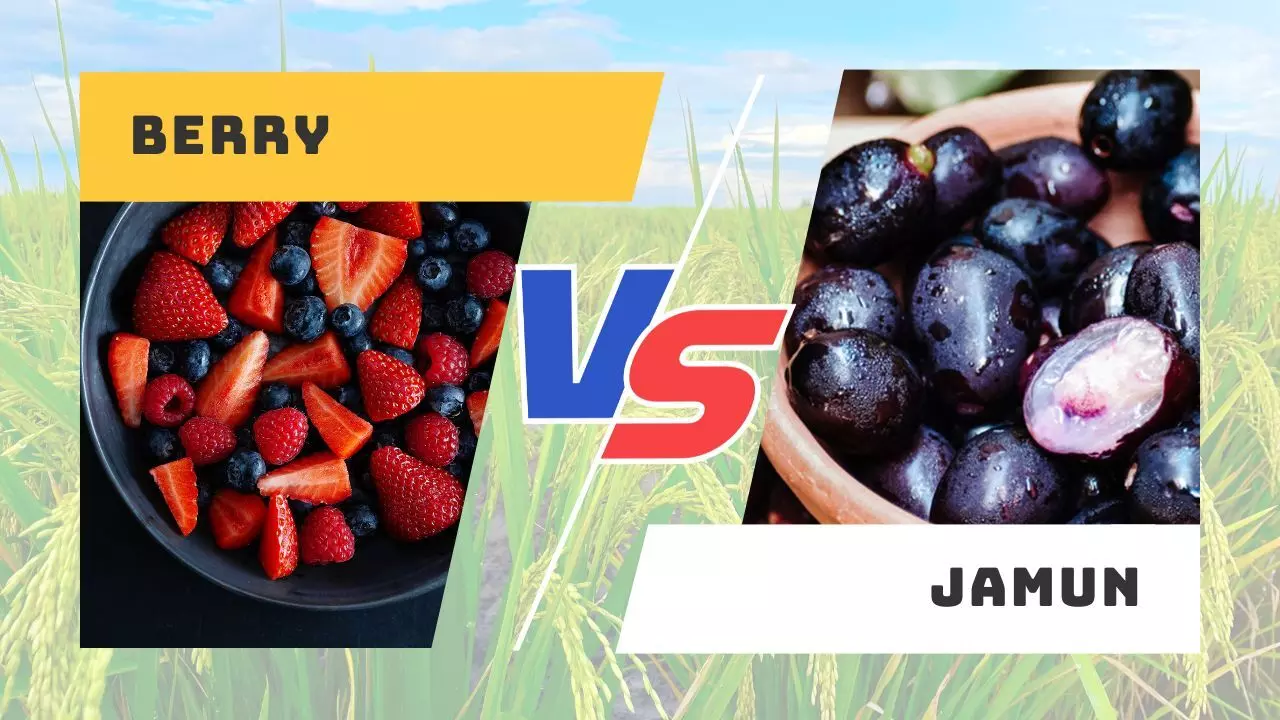Berry vs. Jamun: Which fruit is better for health during Summer? Jamun and berries are frequently linked because of their similar appearance and nutritional benefits. However, native jamun is not only more beneficial to our health but also more nutritionally dense.
Let us see! Summer offers a variety of delectable seasonal fruits. While berries like blueberries, blackberries, and raspberries are high in antioxidants and can be used in smoothies, breakfast parfaits, and other dishes, the much-loved jamun evokes nostalgia in many people. Jamun, a native fruit with a long history of use in traditional medicine, is renowned for its health benefits.

Berries are well known for their high nutritional value, as they include several vitamins, minerals, and antioxidants. Strawberries, for example, contain high levels of vitamin C, manganese, folate, and potassium, while blueberries are known for their high anthocyanin content, which contributes to their brilliant colour and antioxidant benefits. Raspberries and blackberries are also high in fiber, which helps with digestion and promotes satiety.
While less familiar to people in Western countries, Jamun has an equally impressive nutritional profile. It boasts a lower calorie content and is high in vitamins A and C and minerals, including calcium, iron, and potassium. Jamun is also known for its strong antioxidant content, including anthocyanins, which contribute to its deep purple colour and potential health benefits.
What benefits do b.























